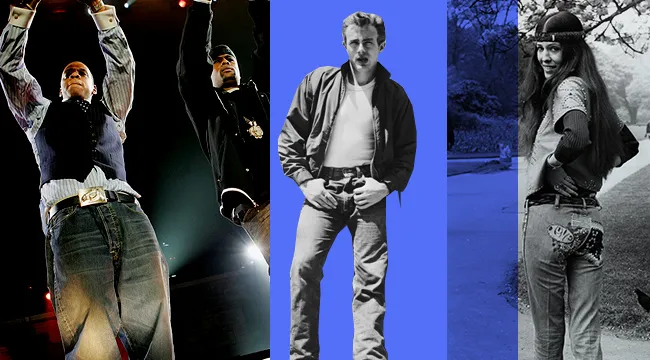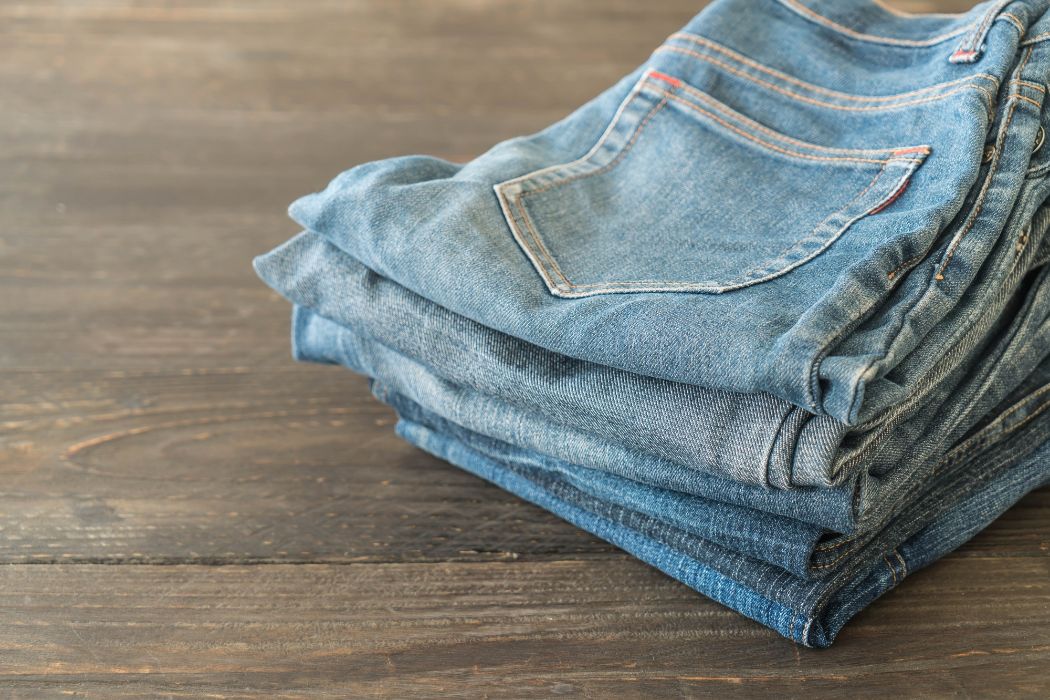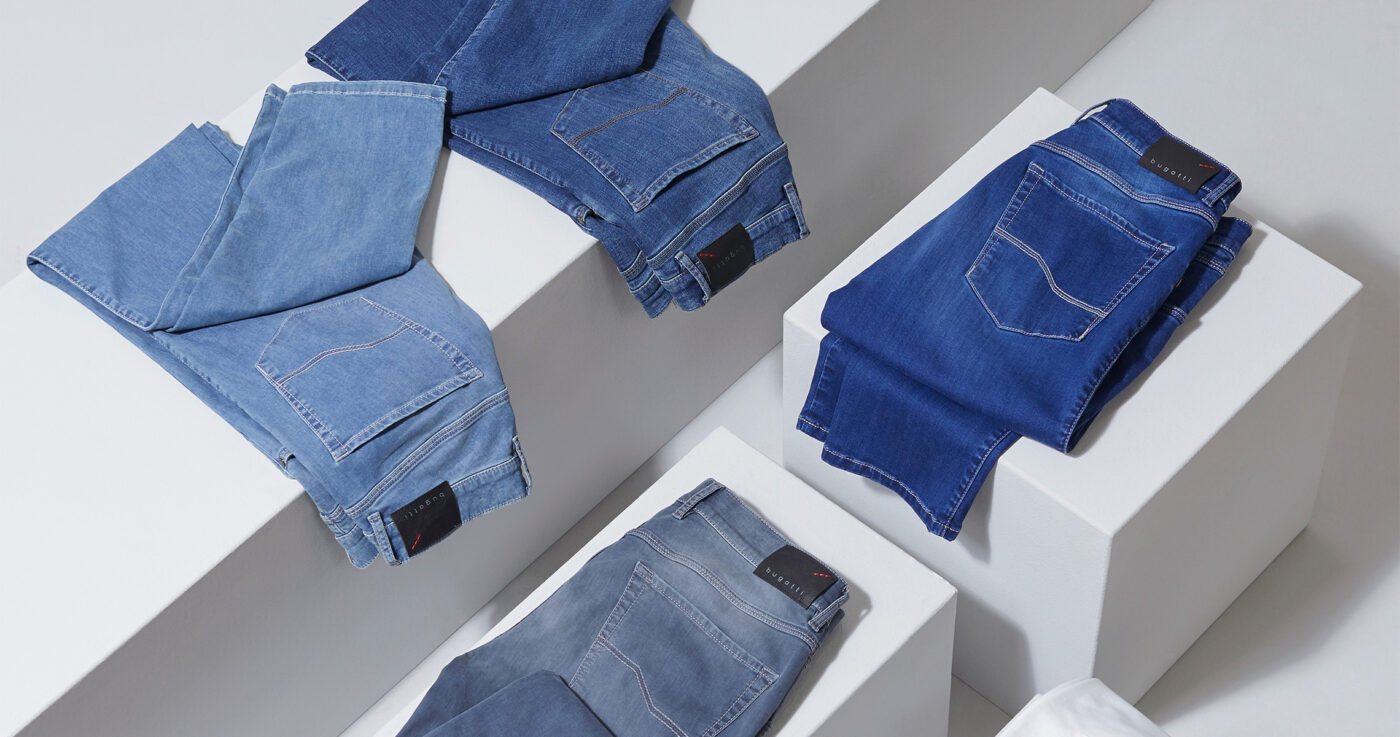Jeans have become an essential part of our daily lives, effortlessly blending style and practicality. The journey of jeans from humble workwear to a global fashion staple is a tale of innovation, cultural shifts, and enduring appeal. This essay delves into the origins of jeans, their evolution through the decades, and their current status as a wardrobe essential.
The Origins of Jeans

Jeans, as we know them today, have their roots in the mid-19th century. Levi Strauss, a German immigrant, moved to San Francisco during the Gold Rush, recognizing the need for durable work pants among miners and laborers. In 1873, partnering with tailor Jacob Davis, Strauss created the first pair of jeans by reinforcing denim fabric with copper rivets at stress points. This innovation resulted in a garment that could withstand the rigors of manual labor, quickly becoming the go-to attire for workers across various industries, from miners to railroad workers.
Evolution into Everyday Wear
As the decades passed, jeans transitioned from purely functional workwear to a symbol of rebellion and counterculture. In the 1950s, teenagers embraced jeans as a fashion statement, heavily influenced by Hollywood icons like James Dean and Marlon Brando. These cultural figures popularized jeans as a symbol of youthful defiance and nonconformity. The sense of freedom and rebellion offered by jeans resonated with a generation seeking to express individuality.
The 1960s and 1970s saw jeans cement their place in popular culture. The counterculture movement, including hippies and rock stars, adopted jeans as their uniform. This period marked a significant shift as denim became a symbol of unity and shared identity during a time of societal transformation. Wearing jeans was a way to break from tradition and embrace change.
The 1980s: Designer Denim
The 1980s marked the era of designer denim, with brands like Calvin Klein, Guess, and Jordache bringing jeans to the high fashion scene. Jeans, previously seen as casual wear, were now a fashion statement, often carrying designer labels and higher price tags. The introduction of stone washing and other fabric treatments gave denim a trendy, fashionable look. This period also saw the emergence of jeans as a status symbol, reflecting one’s fashion sense and social standing.
The 1990s and 2000s: Versatility and Innovation
In the 1990s and 2000s, jeans continued to evolve with changing fashion trends. Baggy jeans, popularized by hip-hop culture, and the grunge movement’s preference for distressed denim offered new ways to wear denim. The introduction of stretch denim in the early 2000s revolutionized comfort, making jeans even more versatile for daily wear. This era highlighted the adaptability of denim, with various styles catering to different fashion preferences and lifestyles.
Modern-Day Wardrobe Staple
Today, jeans are a versatile staple in everyone’s wardrobe. Whether you’re dressing up for a night out or keeping it casual, there’s a pair of jeans for every occasion. Advances in fabric technology have made them more comfortable and flexible, perfectly suited for modern life. Sustainable and ethical practices are also shaping the future of denim, reflecting a growing awareness of environmental impact.
The Cultural Impact of Jeans

Jeans have transcended cultural and geographical boundaries, becoming a global fashion phenomenon. They symbolize equality and democracy, worn by people from all walks of life. Jeans have a unique ability to make individuals feel connected, regardless of background or status. They are a unifying garment, bridging gaps and fostering a sense of shared experience.
The Environmental Impact and Future of Jeans

The production of denims is also under scrutiny for its environmental impact. Traditional methods of producing denim are water-intensive and often involve harmful chemicals. This awareness has led to innovations in sustainable denim production, such as using organic cotton, recycling water, and employing eco-friendly dyes. Brands are now focusing on sustainability, creating jeans that are not only stylish but also kinder to the planet. When you buy a pair of sustainably produced denim, you support efforts to reduce environmental impact and promote ethical labor practices.
Conclusion
Jeans have transformed from durable workwear into a fashion staple embraced by people around the world. Their journey from the gold mines of the 1800s to contemporary wardrobes is a testament to their enduring appeal and adaptability. Embrace the legacy of it and continue to make your own mark on their evolving story. Whether you’re working hard, expressing your unique style, or making a statement, your denim are with you every step of the way. Celebrate the versatility, durability, and timeless charm of this iconic garment.

